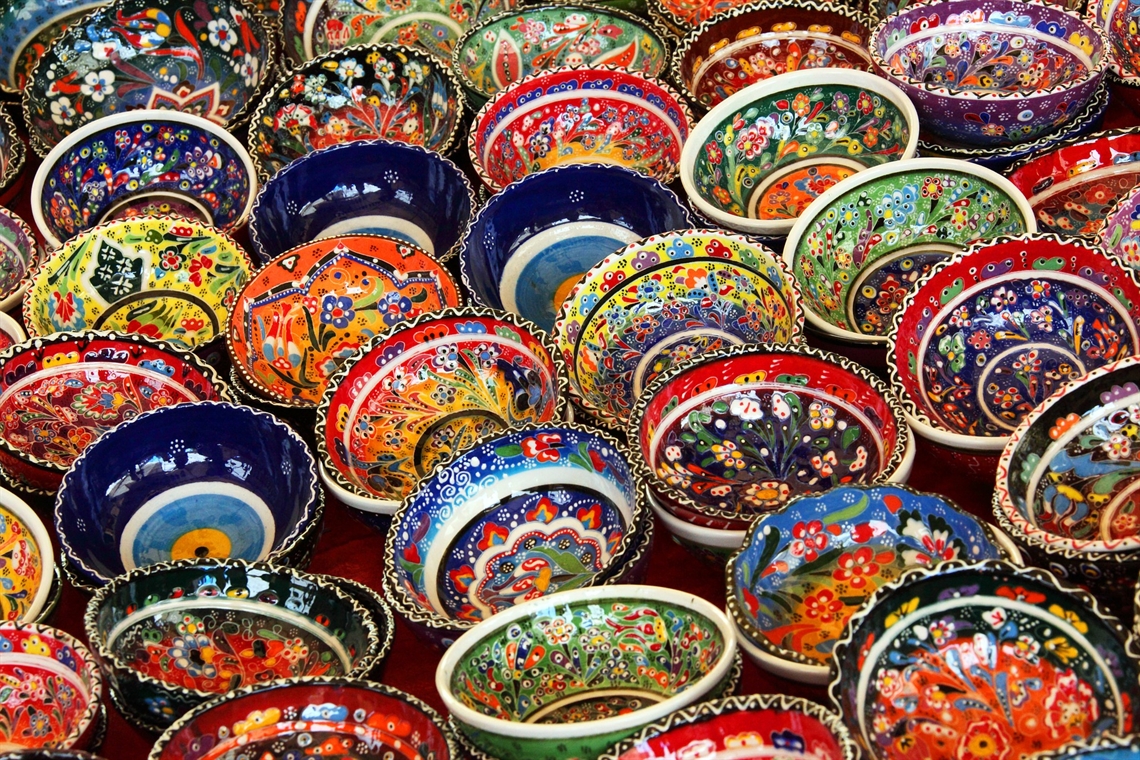
Turkey is a unique country that’s brimming with fascinating culture , and there are few better demonstrations of this than a Turkish wedding ceremony. The proceedings incorporate many traditions that, while sharing much in common with weddings across the world, remain unmistakably Turkish.
In recent years, weddings in Turkey have changed considerably. This change is most pronounced in urban areas, where customs more closely resemble what we typically follow in the UK.
For example, a Turkish wedding ceremony takes place on the same day as the reception, and cake-cutting, gift-giving and music all follow.
In rural parts of Turkey, however, tradition persists.
In some remote villages, the couple can spend three days getting ready for the occasion, which unfolds in the groom’s house, while the groom’s family are usually expected to pay for everything.
In Turkey’s sparsely-populated remote regions, village communities are tight-knit. There’s a history of polygamy in some areas. Though the practice was outlawed in 1926, there are still examples of men taking multiple wives in religious ceremonies. It’s worth noting however that such ceremonies are not legally binding, and that the practice is extremely rare nowadays.
On the first day of a traditional wedding, the Turkish flag is unfurled in the centre of the village. The party then starts from two locations: the homes of the bride and the groom. Guests at either party might pay a visit to the other to introduce themselves, but the whole point of this first day is to celebrate the last moments of separation between the two groups of family and friends.
On the night before the ceremony, a party takes place exclusively for the bride and her closest (female) friends and relatives. This ceremony is called Kina Gecesi, and is similar in many respects to the hen parties we might recognise in the UK. There is one distinctive difference, however, and that’s the application of henna onto the hands of everyone present. This marks the skin for several weeks, advertising to everyone that you’ve recently attended such a gathering.
Traditionally, this occasion is a little mournful. The bride’s mother will grieve for the loss of her daughter. This feeling is especially evident in the singing of the song ‘Yuksek Tepelere’, or ‘High Mountain Tops’, which ends with the lyrics: “I miss both my mother and father, I miss my village.”
To ensure the evening doesn’t end on a sour note, the song is followed by more upbeat singing and dancing.
Towards the end of the night, the bride will wear a Bindalli dress, which is a long, velvet dress that’s covered in intricate gold patterns. Bindali dresses are traditionally handed down from generation to generation, and worn only very rarely.
The bride’s closest friends often choose to remain right into the night, so that the bride is able to celebrate her last few hours of singledom with her nearest and dearest.
The third day of the wedding kicks off with ‘Gelin Alma’ (fetching the bride). Guests from both households participate in this ceremony, which moves from the home of the bride to that of the groom. Traditionally, this is done on foot – allowing for drums and pipes to be played throughout. If the distance between the two homes is too great, however, a car might be called for.
Before joining the procession, the bride has two more traditions to observe. The first is the tying of the ‘bekaret kuşağı’, or ‘maidenhood belt’. This red ribbon goes around the bride’s waist, and is attached by a close male relative (usually an older brother).
Another close male relative (often a younger brother) has the task of guarding the door. He stops the procession and demands payment, traditionally while sat atop a chest. Only once the bribe is presented by the groom’s family does he allow the wedding to proceed. This part of proceedings is usually quite light-hearted; and helps keep everyone amused during what promises to be quite a long day.
When the procession reaches the groom’s house, the groom’s mother traditionally presents the bride with a gift before allowing the groom to escort her inside. The groom may then be taken away for the day in order to wash, shave and pray. The ceremony itself finally takes place late in the evening.
Tradition at this point dictates that the couple be led into a special nuptial chamber called a Gerdek, where the marriage will be consummated. This is one of the more outdated Turkish wedding rituals. Much like in other parts of the world, the virginity of the bride has long been considered of vital importance, and the groom’s family demands blood stained linen bedsheets as proof. Suffice to say, this part of the ceremony has been abandoned in all but the most conservative reaches of the country.
If you’re attending a Turkish wedding, then you need not worry about shopping for a gift. After the ceremony is concluded and the couple are officially married, red ribbons are tied around their necks. Traditionally, you’ll present gold coins, or you’ll pin money directly to the fabric of the ribbon. Thus, Turkish couples needn’t worry about receiving two of the same gift!
With that said, guests are expected to present a gift to the groom’s parents (or whoever hosted the wedding party). Many Turks avoid alcohol for religious reasons, but a gift of sweets or flowers is usually appropriate.
Another quirk of Turkish weddings involves the soles of the bride’s shoes. The bride’s friends will each write their names on them, and the legend goes is that whichever name’s faded most by the end of the night will be next to get married (a little like the practice of throwing the bouquet).
Need a wedding gift? Why not present it in one of our personalised wedding gift bagsor give a custom wedding chocolate box?